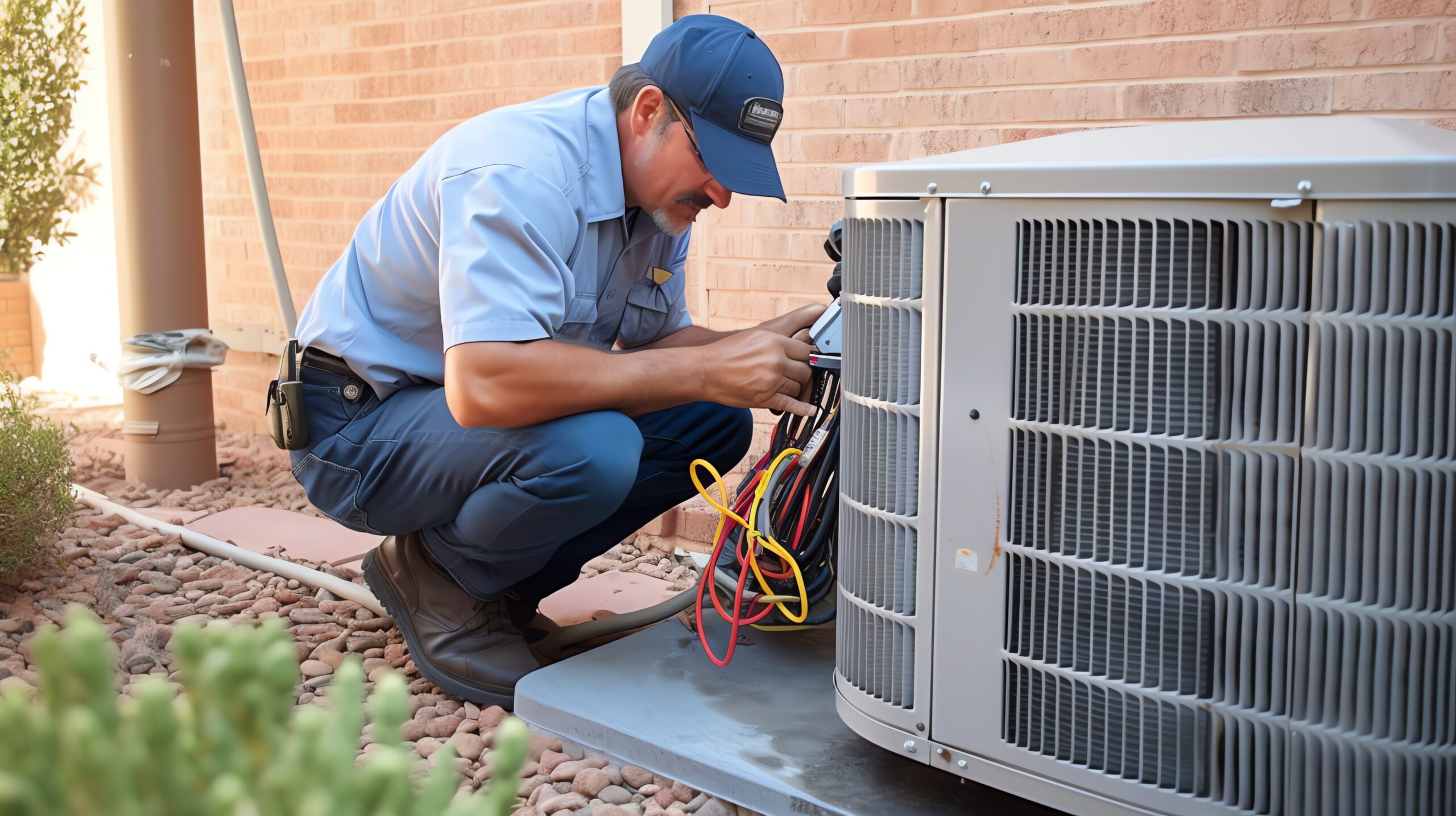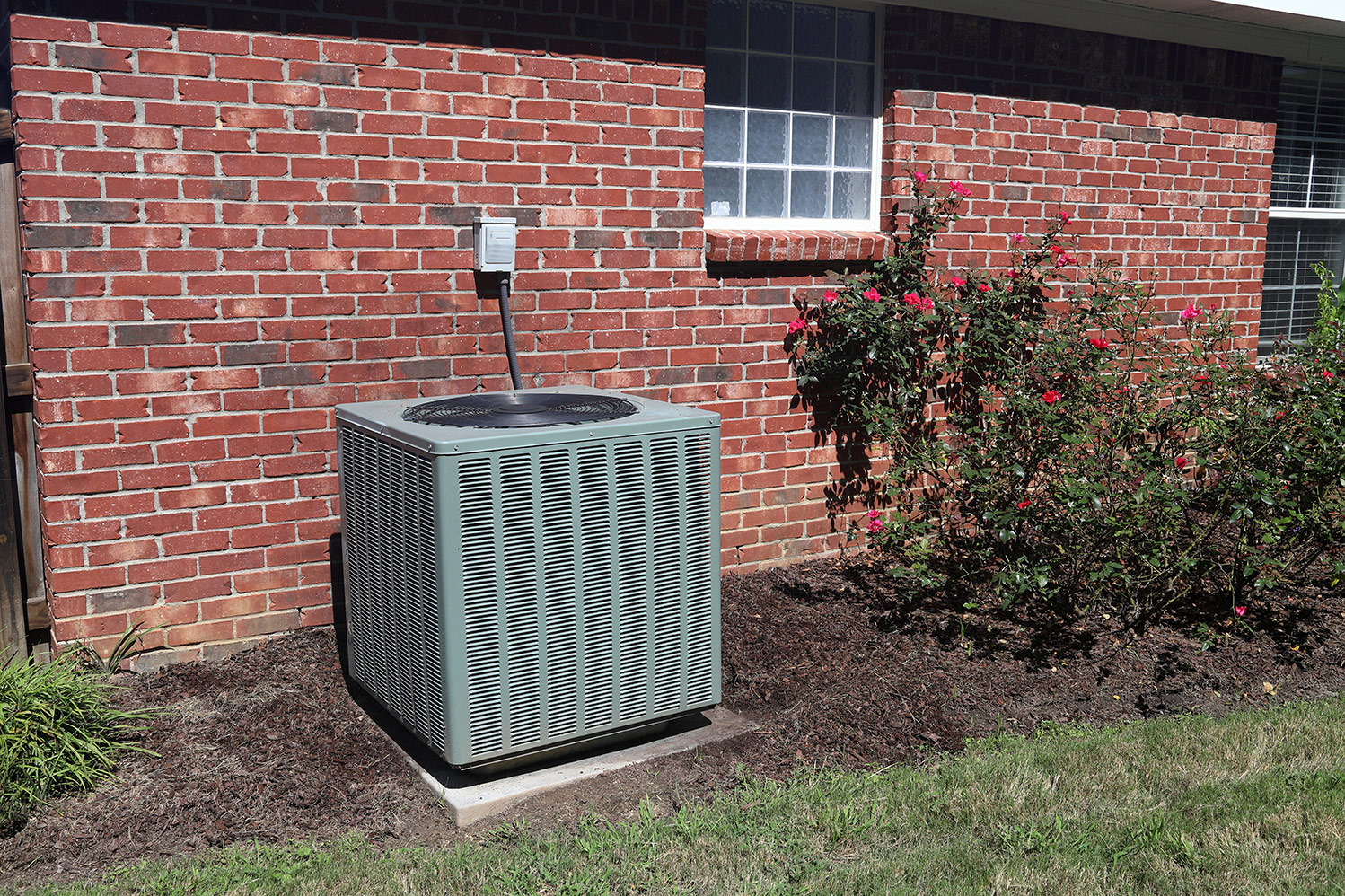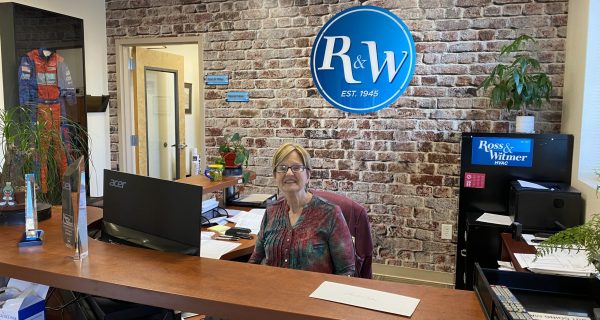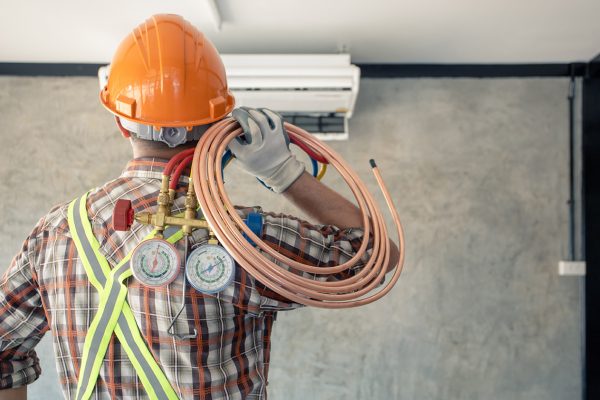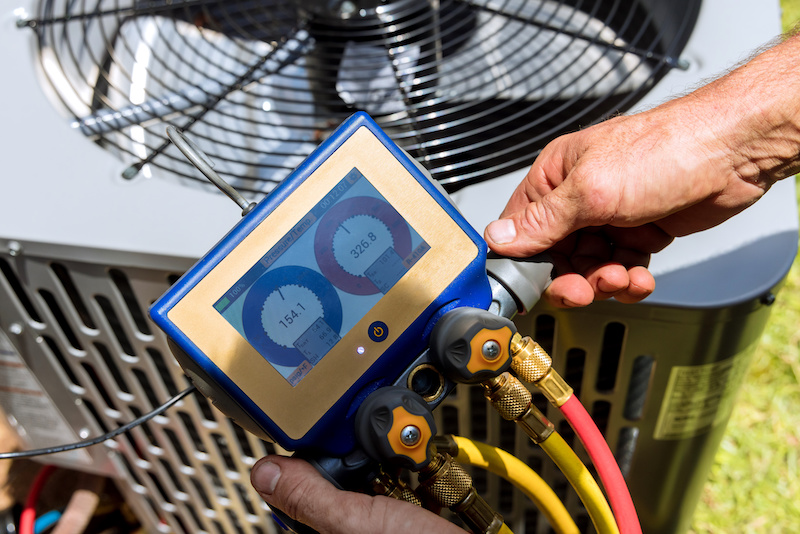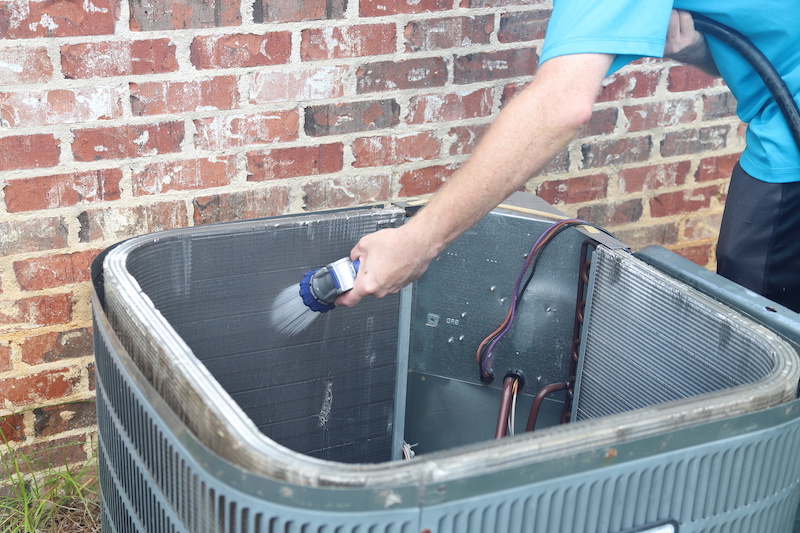Ross & Witmer Heating & Air Conditioning
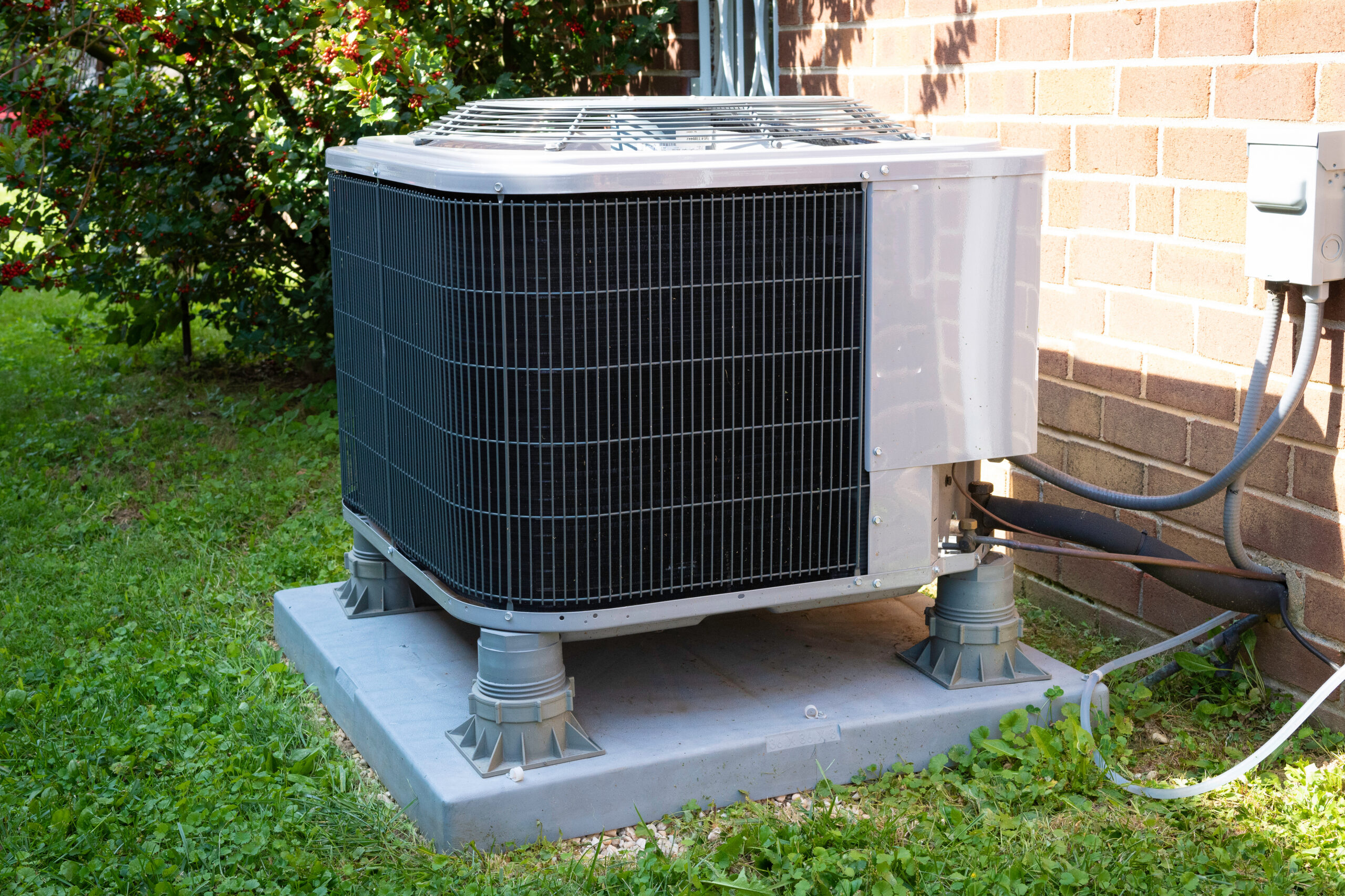
HVAC systems are complex machines, and when they malfunction, it can be frustrating and uncomfortable. While some issues require a professional touch, many homeowners can tackle basic troubleshooting and maintenance themselves. This guide provides information on Ross & Witmer HVAC systems, common problems, and when to call a qualified technician.
Understanding Ross & Witmer HVAC Systems
Ross & Witmer is a reputable HVAC equipment manufacturer offering a range of products, including furnaces, air conditioners, heat pumps, and air handlers. Understanding the specific type of system you have is the first step in effective troubleshooting.
Identifying Your System
Locate the model and serial number plate, usually found on the indoor unit (furnace or air handler) and the outdoor unit (air conditioner or heat pump). Record this information, as it will be crucial when ordering parts or seeking professional assistance.
Basic Components
- Furnace: Burns fuel (natural gas, propane, or oil) to heat air, distributing it through ductwork.
- Air Conditioner: Uses a refrigerant to cool air, also distributed through ductwork.
- Heat Pump: Can both heat and cool air by transferring heat between the inside and outside environments.
- Air Handler: Circulates air throughout the ductwork, often containing the blower motor and air filter.
- Thermostat: Controls the operation of the heating and cooling system.
Common HVAC Problems and Troubleshooting
Here are some common HVAC problems that homeowners might encounter, along with potential solutions:
1. No Heat or Cool Air
This is a broad symptom with multiple possible causes.
- Check the Thermostat: Ensure it's set to the correct mode (heat or cool) and the desired temperature. Make sure the batteries are fresh if it's a battery-powered thermostat.
- Check the Breaker: Locate the circuit breaker for the HVAC system in your electrical panel and ensure it hasn't tripped. Reset the breaker if necessary.
- Check the Air Filter: A dirty air filter restricts airflow, which can cause the system to overheat or freeze up. Replace the air filter regularly (every 1-3 months).
- Check the Pilot Light (Furnace): If you have a gas furnace, check if the pilot light is lit. If not, follow the manufacturer's instructions to relight it. Safety First: If you smell gas, evacuate the area and call your gas company or fire department immediately.
2. Weak Airflow
Insufficient airflow can lead to uneven heating or cooling and reduced system efficiency.
- Dirty Air Filter: Again, a common culprit. Replace it!
- Blocked Vents: Ensure that vents are not blocked by furniture, rugs, or other obstructions.
- Ductwork Issues: Leaky or collapsed ductwork can significantly reduce airflow. This often requires professional inspection and repair.
- Blower Motor Problems: A malfunctioning blower motor may not be moving air effectively. This often requires a professional technician.
3. Unusual Noises
Strange noises can indicate various problems within the system.
- Banging: May indicate loose ductwork or a problem with the blower motor.
- Screeching: Could be a worn-out blower motor bearing or a loose belt (in older systems).
- Clicking: Often related to electrical components, such as a failing capacitor.
- Hissing: May indicate a refrigerant leak. Safety First: Refrigerant leaks can be harmful. Contact a professional immediately.
4. System Short Cycling
Short cycling refers to the system turning on and off frequently, without completing a full heating or cooling cycle.
- Dirty Air Filter: Restricts airflow and causes overheating.
- Oversized System: If the HVAC system is too large for the space, it may cool or heat too quickly and then shut off prematurely.
- Refrigerant Issues: Low refrigerant can cause the system to short cycle.
- Faulty Thermostat: A malfunctioning thermostat can send incorrect signals to the system.
5. Water Leaks
Water leaks can damage your home and indicate a problem with the condensate drain line.
- Clogged Condensate Drain Line: This is a common issue, especially during humid months. Locate the condensate drain line (usually a PVC pipe near the indoor unit) and clear any clogs using a wet/dry vacuum or a stiff wire.
- Damaged Condensate Pan: A cracked or corroded condensate pan can leak water. This may require replacement.
- Frozen Evaporator Coil: If the evaporator coil freezes, it can melt and cause water to overflow. This is often caused by a dirty air filter or low refrigerant.
DIY Repairs: What You Can Handle
Many basic HVAC maintenance tasks are well within the capabilities of the average homeowner.
Tasks You Can Do:
- Replacing Air Filters: This is the most important and frequent maintenance task.
- Clearing Condensate Drain Lines: A simple and effective way to prevent water damage.
- Checking and Resetting Breakers: A basic electrical troubleshooting step.
- Cleaning Vents and Registers: Helps improve airflow.
- Replacing Thermostat Batteries: Ensures proper thermostat operation.
Tools and Parts for DIY Repairs
- Air Filters: Stock up on the correct size and type for your system.
- Wet/Dry Vacuum: Useful for cleaning condensate drain lines and vents.
- Screwdrivers: Assorted sizes for accessing components.
- Wrenches: For tightening fittings and connections.
- Multimeter: For testing electrical components (use with caution!).
- Thermostat Batteries: Ensure you have the correct type.
When to Call a Professional HVAC Technician
While DIY repairs can save you money, certain HVAC problems require the expertise of a qualified technician. Always prioritize safety!
Call a Professional If:
- You smell gas: Evacuate and call your gas company or fire department immediately.
- You suspect a refrigerant leak: Refrigerant handling requires specialized equipment and training.
- You are uncomfortable working with electricity: Electrical work can be dangerous.
- You are dealing with complex repairs involving the furnace, air conditioner, heat pump, or other major components: These systems are intricate and require specialized knowledge.
- You are unsure about the cause of the problem: Guessing can lead to further damage.
- You lack the necessary tools or expertise: Don't risk injuring yourself or damaging the equipment.
Potential Repair Costs
HVAC repair costs can vary depending on the nature of the problem, the age and type of system, and the geographic location. Here are some rough estimates:
- Air Filter Replacement: $10 - $30 (DIY)
- Condensate Drain Line Cleaning: $75 - $150 (Professional)
- Thermostat Replacement: $150 - $500 (Professional)
- Capacitor Replacement: $150 - $300 (Professional)
- Blower Motor Replacement: $300 - $800 (Professional)
- Refrigerant Recharge: $200 - $500 (Professional)
- Compressor Replacement: $1,500 - $3,500 (Professional)
- Furnace Repair (minor): $150 - $500 (Professional)
- Furnace Replacement: $3,000 - $7,000 (Professional)
- Air Conditioner Repair (minor): $150 - $500 (Professional)
- Air Conditioner Replacement: $3,500 - $8,000 (Professional)
Note: These are just estimates. It's always best to get a quote from a qualified HVAC technician.
Preventative Maintenance for Ross & Witmer Systems
Regular maintenance can help prevent costly repairs and extend the lifespan of your HVAC system.
- Schedule annual professional maintenance: A technician can inspect and clean the system, identify potential problems, and ensure it's operating efficiently.
- Clean the outdoor unit: Remove any debris, such as leaves, twigs, and grass clippings, from around the outdoor unit.
- Keep the area around the indoor unit clear: Ensure there's adequate space for airflow.
- Inspect ductwork for leaks: Seal any leaks with duct tape or mastic sealant.
- Monitor system performance: Pay attention to any changes in heating or cooling performance, unusual noises, or other warning signs.
By understanding the basics of Ross & Witmer HVAC systems, performing routine maintenance, and knowing when to call a professional, you can keep your system running smoothly and efficiently for years to come.
